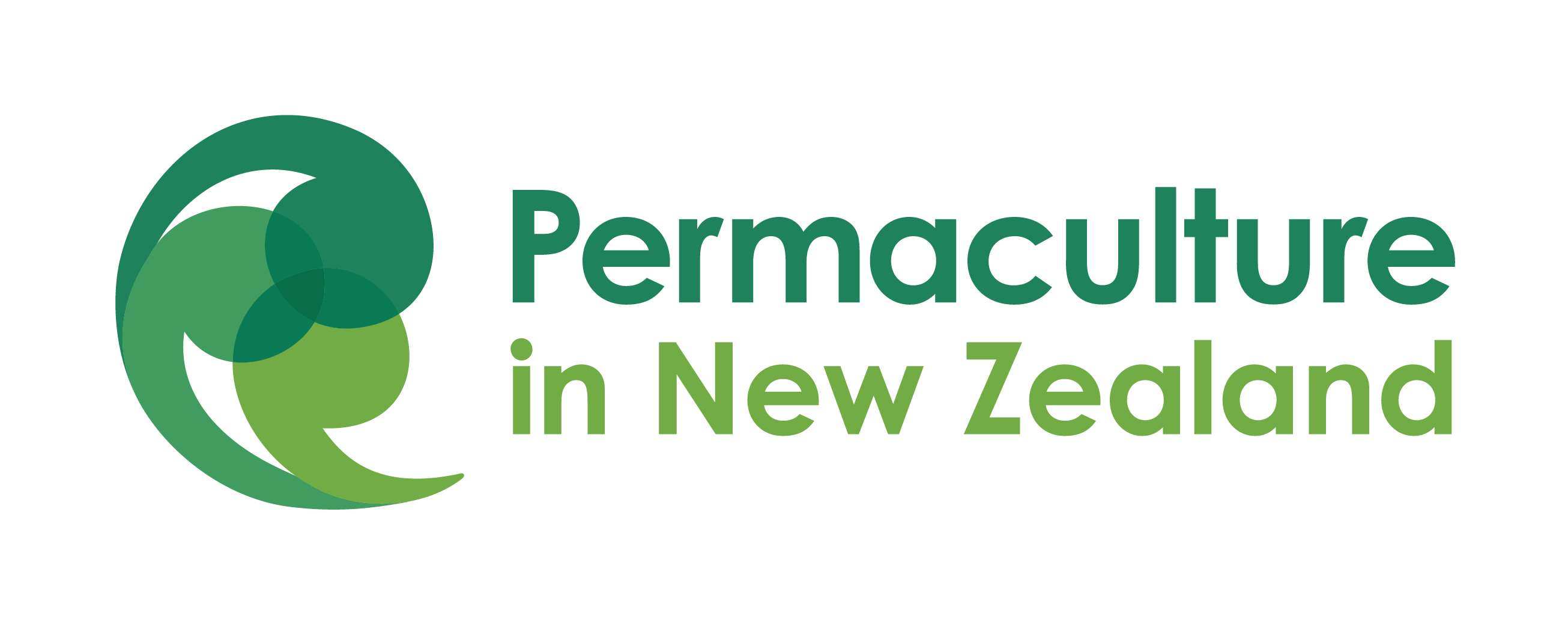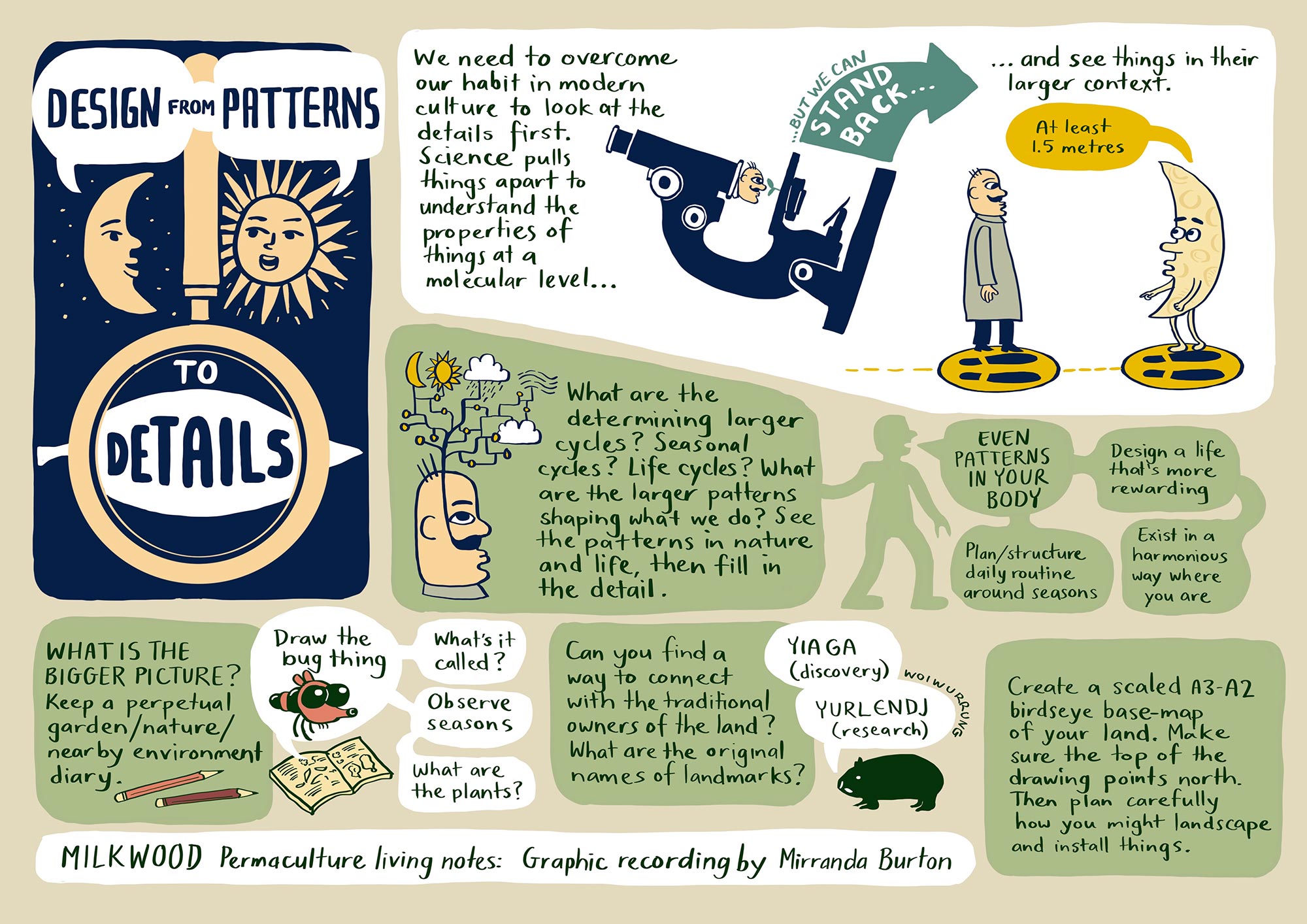| Kia ora koutou Permaculture Whanau, As we head toward the end of the year this is a busy time for many with a lot of energy inputs being invested in the aim of future returns. Merve has focused on the principle of designing from patterns to details, and all around us we can sense the change in the season and when we look more closely we can see those changes displayed at an individual level. Gardeners are busy planting seedlings, sowing seeds, feeding fruit trees and trying to stay ahead of the weeds as the warming weather produces a rush of growth. But at the same time you might also be considering how you will manage a consistent water supply over the warmer months, or planning to increase your mulch to retain soil moisture as the suggestion of a long hot summer comes to mind. At this time of the year I like to reflect on the year that has passed, what I achieved, what new skills or knowledge I have acquired and where I want to expand on or test my skills and understanding. From a PiNZ Council perspective we have achieved some of the larger goals that we set ourselves and streamlined a lot of processes. But there is more to be done and details of this will be shared ahead of our AGM which you can read more about below. One of the key learnings that I have taken away from the past year is that for the PiNZ Council to meet our overarching objective of “making permaculture accessible to all residents of Aotearoa by supporting the development of learning opportunities and education pathways, expanding the permaculture community and networking opportunities, and promoting the development and practice of permaculture in Aotearoa/New Zealand”, we need a full team of 7 council members. And this is where you come in! We are looking for members to join the PiNZ Council at the upcoming AGM to be held on December 3rd 2023 via Zoom (more details to follow over the next week). So if you are a paid member and are keen to volunteer or know someone who is then read on to find out how. Finally if you are not yet a member but want to become more involved, vote at the AGM or take advantage of our membership benefits make sure you have taken out a membership online before November 12th. Nga Mihi Nui Fiona Moorhouse Chairperson Permaculture in New Zealand 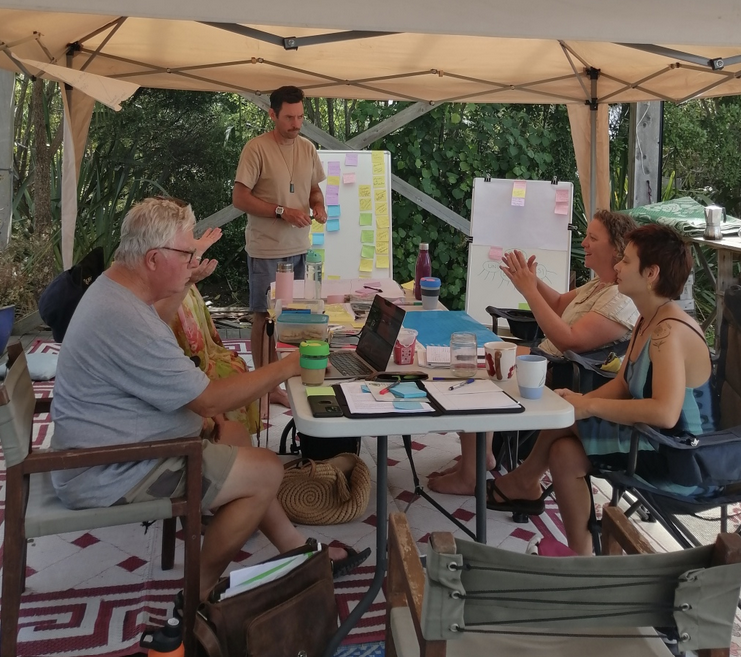 INTERESTED IN BEING ON PERMACULTURE COUNCIL? Do you have a passion for building the permaculture community? Do you want to see more action, more projects and more opportunities for engagement and learning? Would you be happy to share your skills, experience and knowledge? Being an expert in Permaculture is not required as there are a diverse range of skills needed on council including but not limited to: Being passionate about Permaculture Able and willing to invest time and energy Being able to work independently Being able to collaborate with all kinds of people Strong communication skills Have governance experience Digital fluency Event management The PiNZ Council meets at least once a month via zoom and ideal candidates will be able to invest 10+ hours per month. All nominees need to be a paid Permaculture in New Zealand member. So are you interested or do you know someone who would be perfect on the PiNZ Council? Submit your nominations here  Permaculture Principle 7: DESIGN FROM PATTERNS TO DETAILS Permaculture principles are essentially principles of nature, principles of ecology where everything is done with harmony as well as high efficiency. Each principle offers us a lens, a different angle to look into designing with nature or in other ways solving problems that we come across in our journey of living on the land. The first 6 principles are more about bottom up approach while the second half is looking into relationships and connections. Principle 7, Design from patterns to details is all about taking a step back to see the bigger picture instead of focusing too much into minor details. 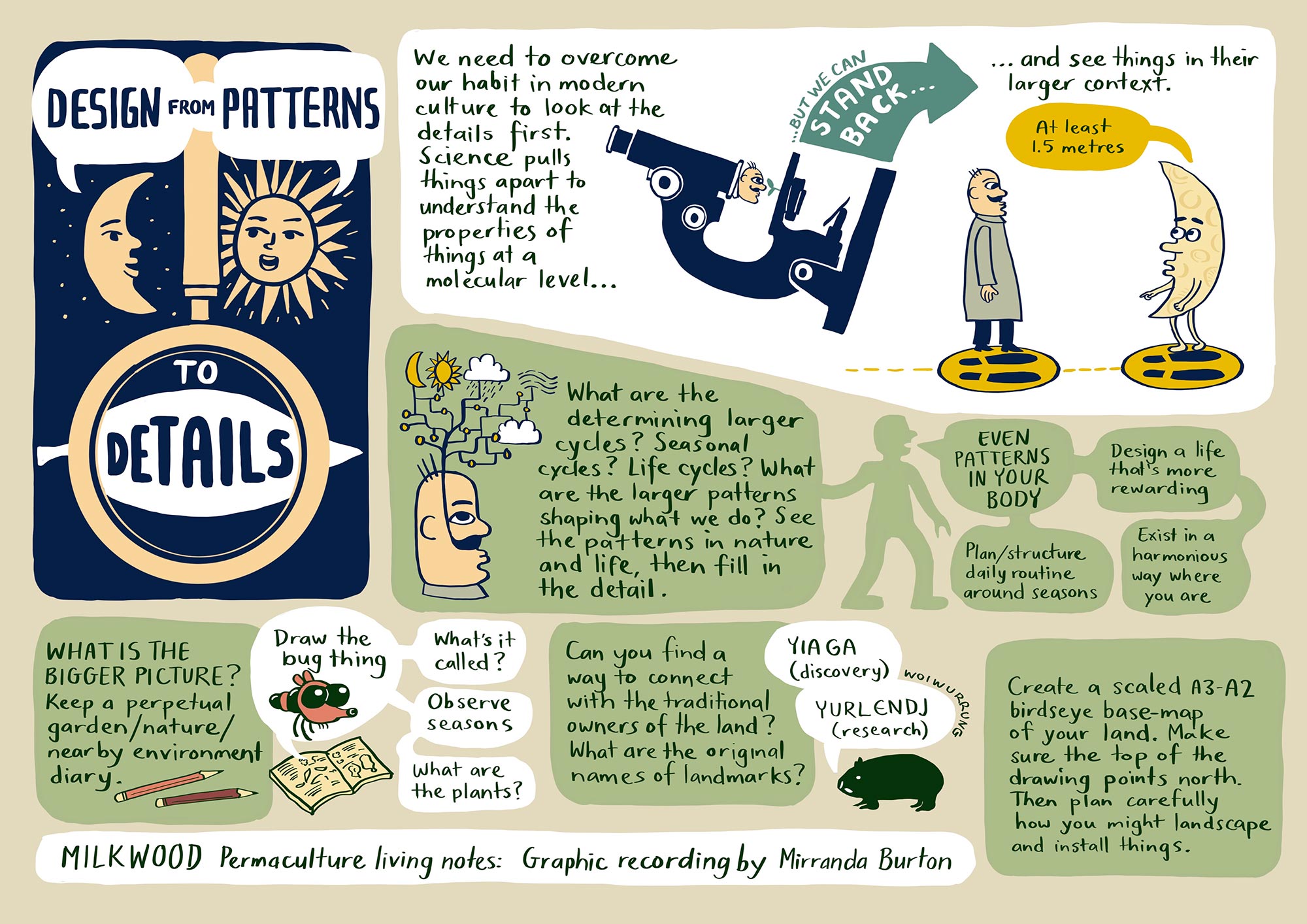 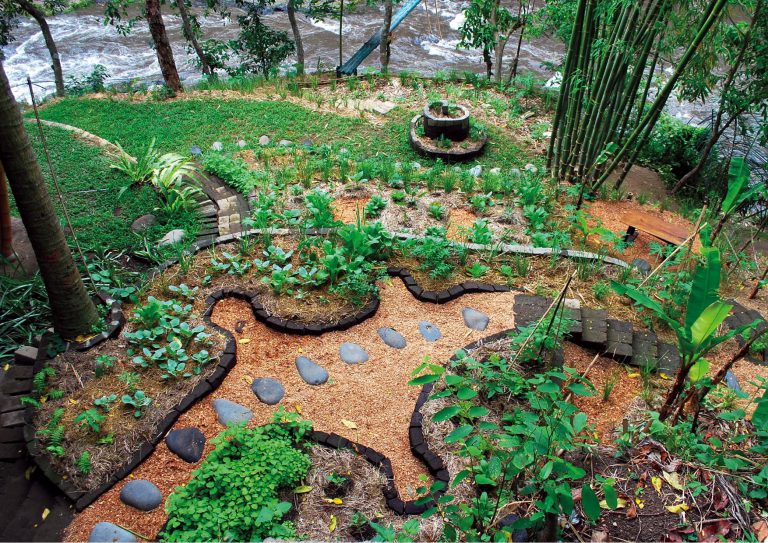 FLOW, CONNECTION, PATTERNS Overall perspective of how everything flows and their connection to each other creates a resilient system. Application of this principle can be seen in Permaculture zones. Permaculture zones are used to break the land into 5 different categories based on how often you’ll need to be there and how much attention that particular system needs. Crops, animals, structures, etc. are all placed within the zones according to how much time you’ll spend with these parts of your property on a daily basis. Breaking your property into zones in this way lets you quickly figure out where to set up your chickens, grow corn, or build a kitchen garden. Permaculture zones are split into 5 different zones. Zone 1 is the area right outside your house while zone 5 is the wild lands that you don’t manage for production. The exact boundaries of the zones are fluid, but the basic idea is that zone 1 is the area you visit daily, with each higher zone being visited less and less. In addition, elements such as crops in zone 1 need regular maintenance while ideally elements in zone 5 may not need maintenance at all. If you take the time now to design your property, you’ll save yourself time and frustration in the long run and be more likely to stick with it to make the living world around you come alive. Here is zones in summary: 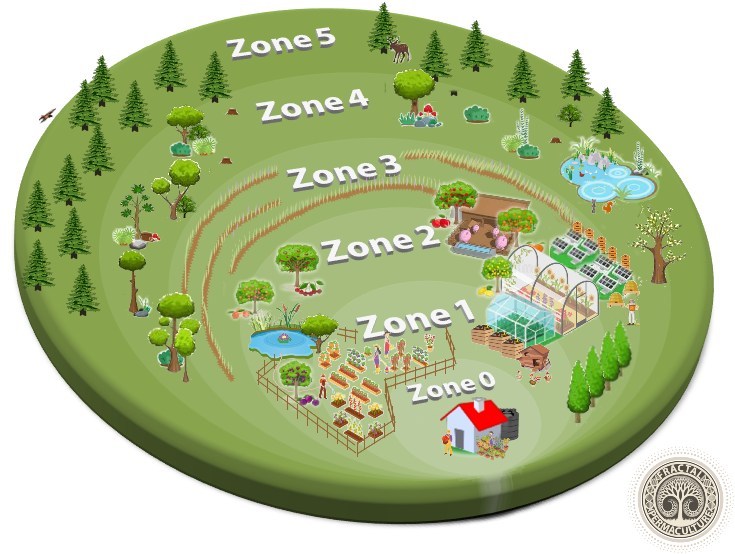 Zone 0: your house / centre of activity Zone 1: kitchen garden, kids playground, herb garden Zone 2: Food Forest, berry patches, small animals, compost bins Zone 3: Farm zone, large animals, bees, nut trees Zone 4: Harvest zone, fishing, hunting, mushrooms and firewood Zone 5: Wilderness Zones give us the ability to compact what we have to manage into the smallest place possible, creating a highly efficient system. Using natural patterns, we can find the best possible way to move through the landscape and connect all the zones together in a flowy way. Essentially this pattern is about bringing human patterns with natural patterns to create a symbiotic relationship where everyone involved gets a benefit. Working with nature to create abundant systems. 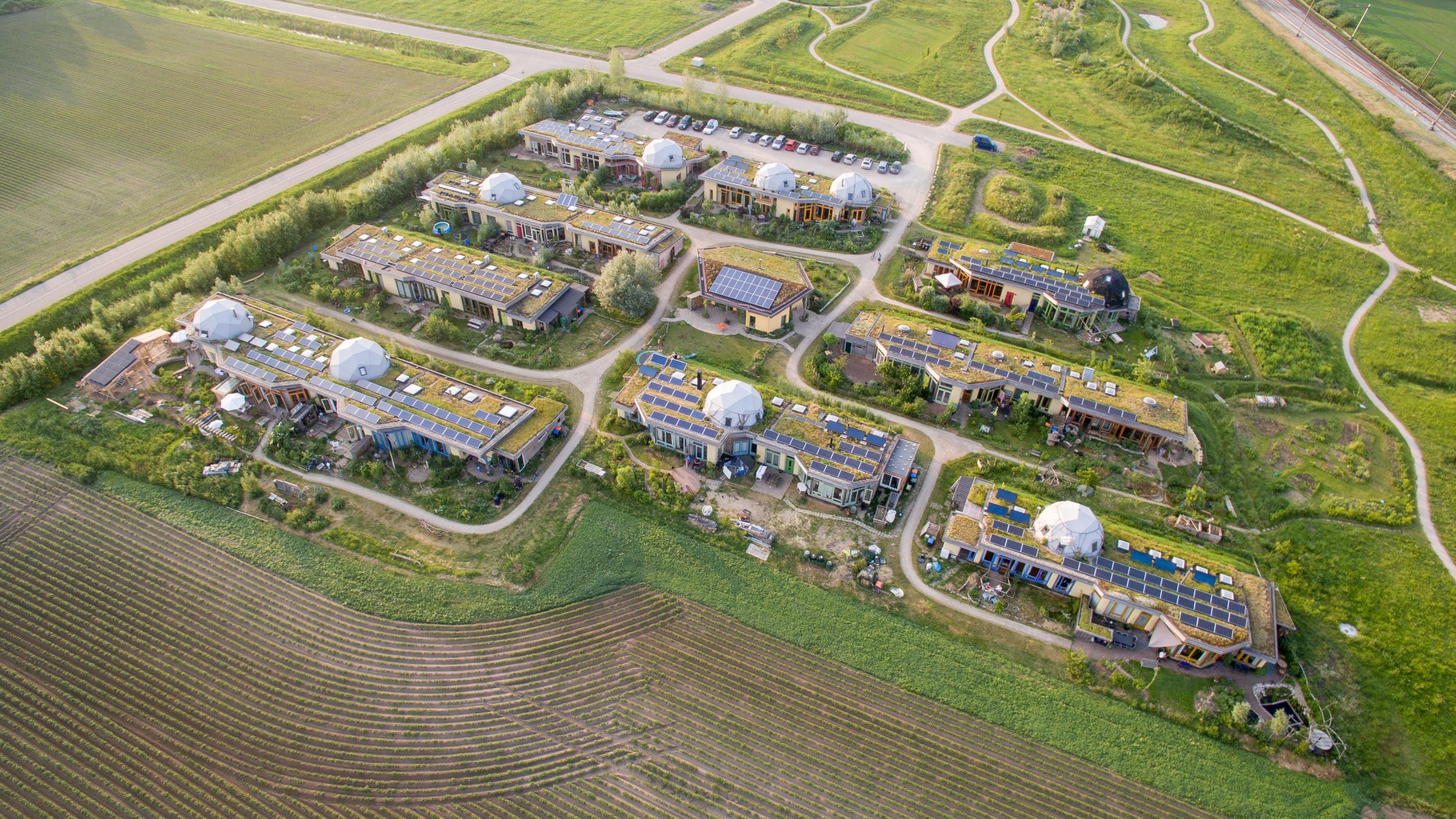 ECO VILLAGES One great example of designing from patterns to details is the creation of ecovillages. These are intentional or traditional communities that are consciously designed through locally owned, participatory processes to regenerate social and natural environments. The 4 dimensions of sustainability (ecology, economy, the social and the cultural) are all integrated into a holistic approach. There are many ecovillages around the world, bringing people together in a supportive environment while looking into how we can live in harmony with nature. 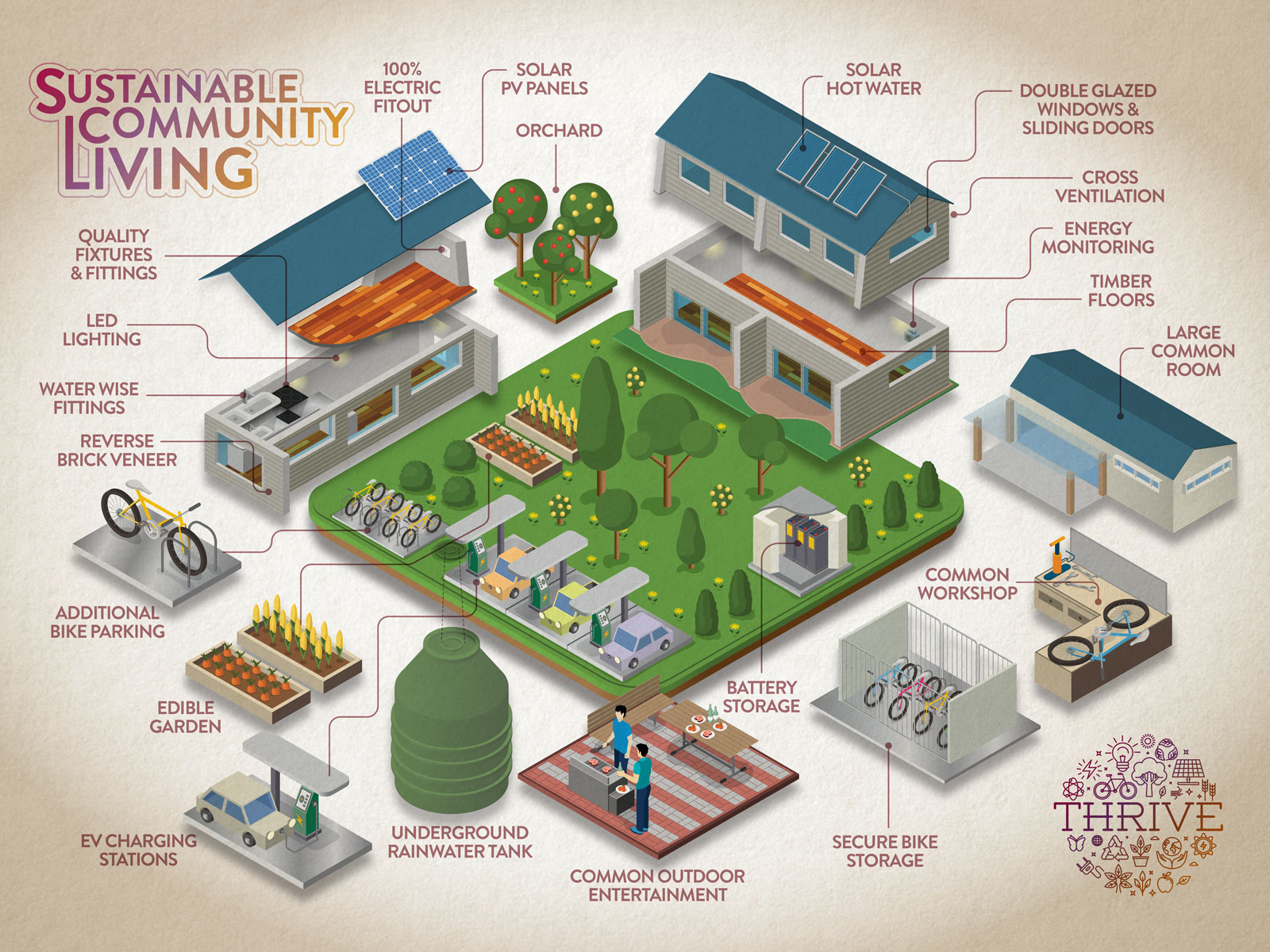 The Benefits of Living in an Eco-Village The primary advantage of eco-friendly communities is the environmental protection it promotes. As the number of people who live sustainably grows, a decrease in consumerism and waste production are seen, and little by little, our planet is healed. Most eco villages are designed to provide food and power, creating a self-sufficient community for the times that are hard. Living a green life improves your overall health. When you’re part of an eco-community, you’ll consume foods with the nutrients you need to stay healthy, and expected lifestyle diseases won’t be as common anymore. As an eco-villager, you’ll become more self-aware, and if you have children, you’ll raise them to be self-aware too. Living in an eco-villagecan help you connect with your inner-self, and when you do, you’ll change your external environment until it aligns with your internal standards. Self-sustaining communities are big on living in harmony. One way they do this is to create equality amongst residents. When you move to one of the many eco-friendly communities worldwide, you can expect to be treated the same as its founders. No one is above the rest, and everyone is valued equally. You’ll face many challenges when living in a self-sufficient village. Luckily, these road bumps will benefit you. Because these communities do things themselves, you may have to learn a few new skill sets and gain knowledge in areas you’ve never encountered before. The benefits of acquiring these news skills are gaining a more holistic perspective to life, different way of approaching challenges in life and the environment we live in. These skills can be put into use for creating more harmonious living on Earth which is beneficial for all. 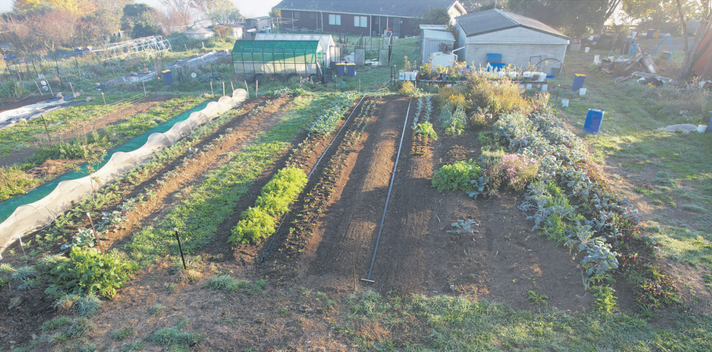 Looking for an opportunity? If you are looking for an already established permaculture property, maybe a market garden or even a piece of land where an eco community can be started, Rory and Jenifer from Permakai, have put their organic approved-15 acre property on market. Visit Permakai So as we head into the month of November; consider how you might be able to find more patterns around you and use them to increase efficiency, resources and yields? Arohanui, Merve Yeşilkır Looking to connect? Coming up this month our members are holding events around the country. Head over to our website and check out what is being offered in your local area. If you are a member and have an event coming up that you would like to promote on the website, please get in touch by emailing Permaculture In New Zealand. Find EVENTS Helpful links How to be a member Connect to other Permaculturists Contact US Permaculture In New Zealand You received this email because you signed up on our website or made purchase from us. Unsubscribe |
